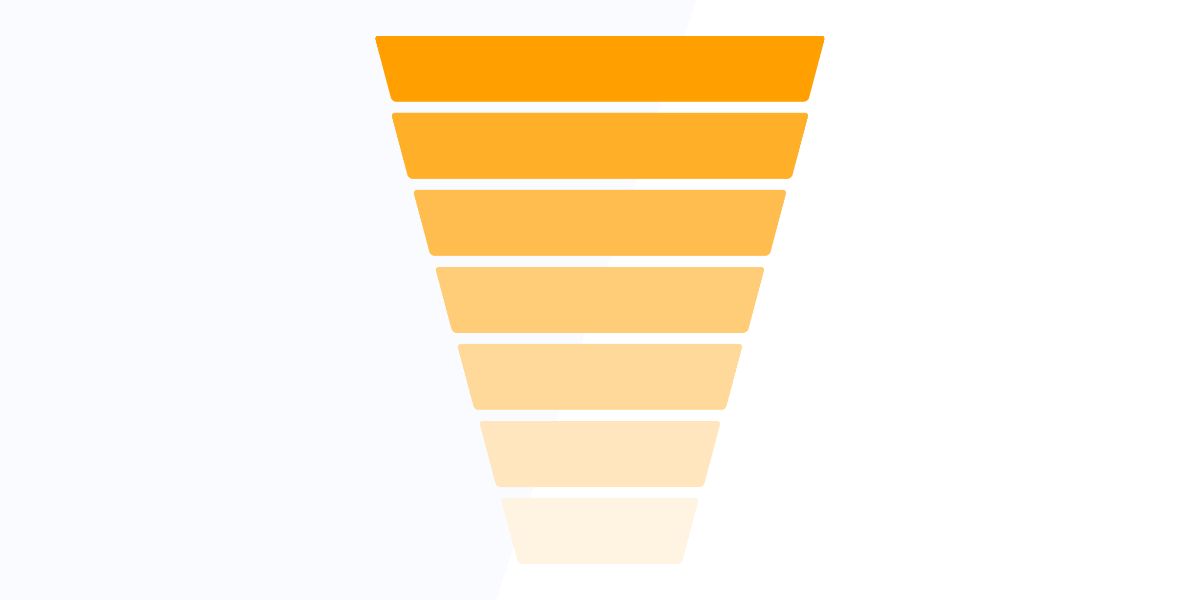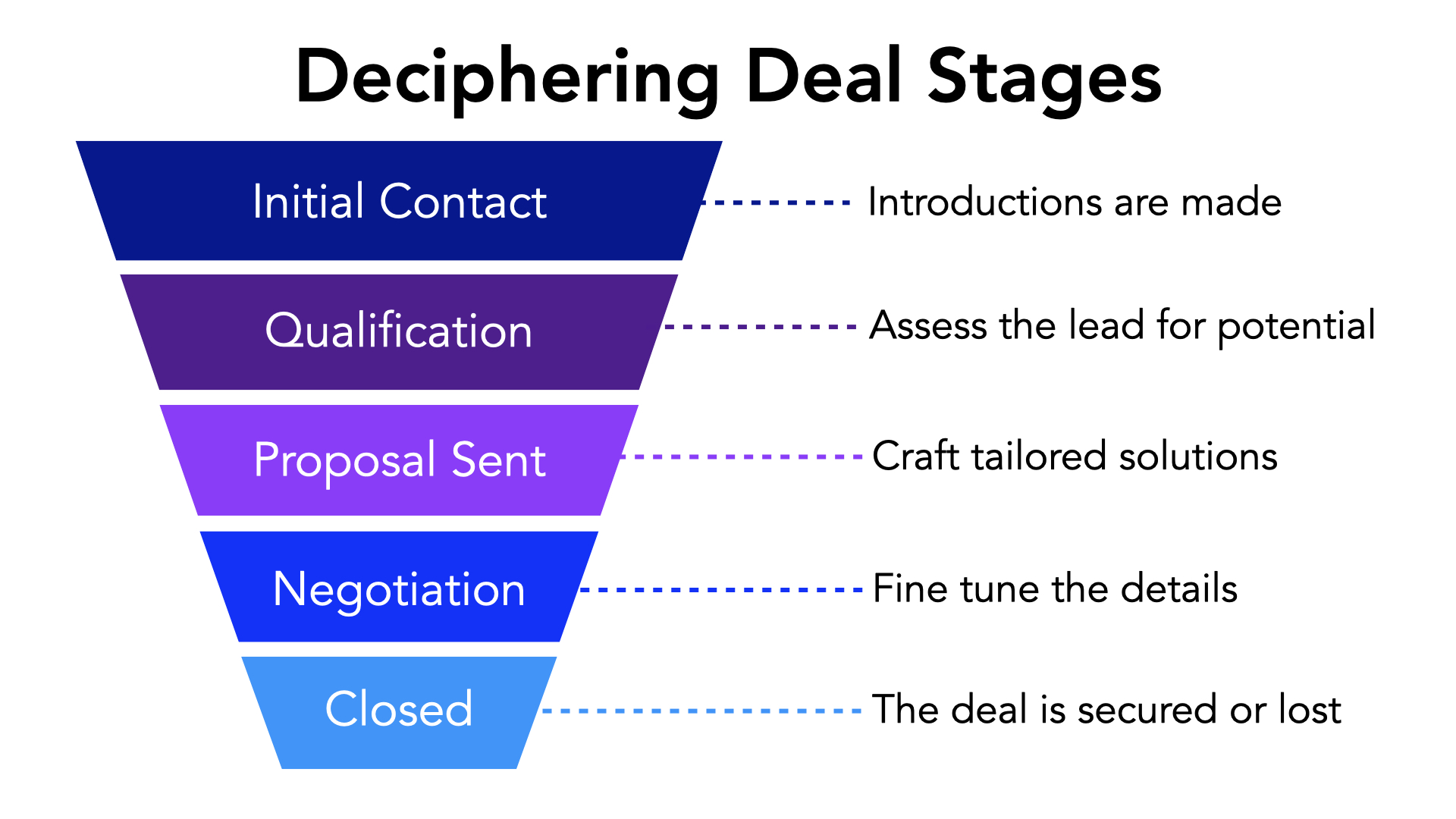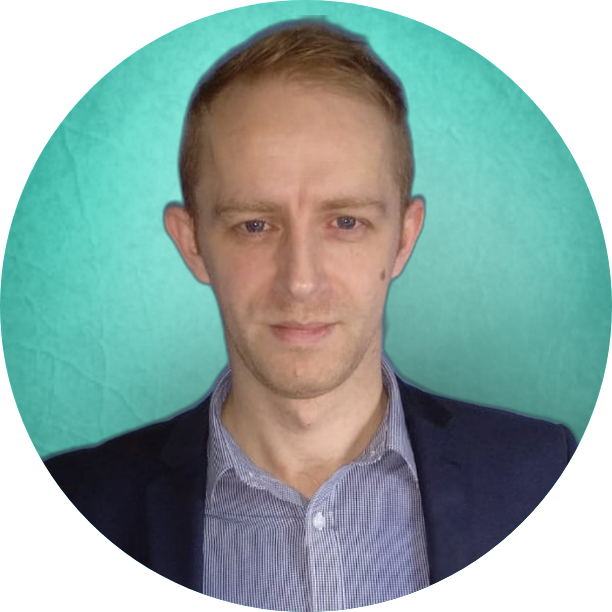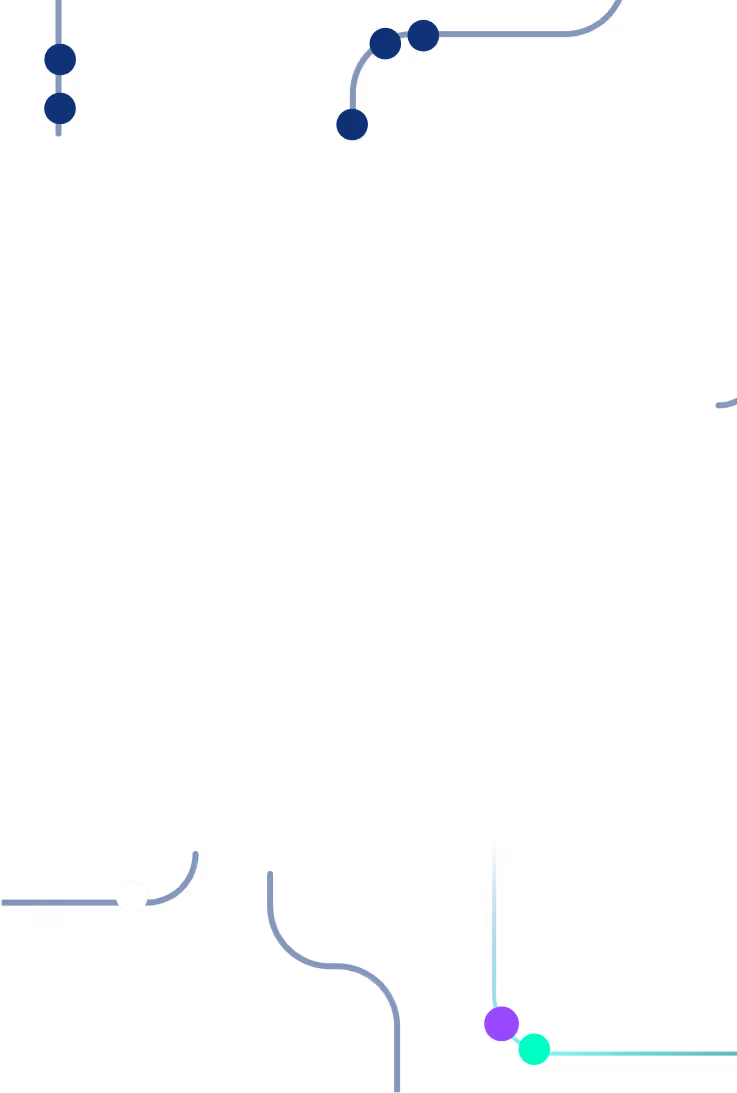Introduction to Deal Stages and Lead Statuses

Introduction to Deal Stages and Lead Statuses



What are deal stages?
Deal stages are the steps in a sales pipeline that help a business visualise its sales process. They indicate when a lead or customer is getting closer to closing a deal or making a purchase. Deal stages can be used to predict revenue and identify selling roadblocks.
What is a lead stage?
A lead stage indicates where someone is in the buyer journey. Leads that enter your sales pipeline have varying levels of readiness to purchase your product, this affects the time it takes them to convert. These lead statuses are intended to help the sales team stay informed and organised.
Now that you have a brief overview of deal stages and lead statuses, it is time to get into the details of this topic…
1. Introduction to Deal Stages and Lead Statuses
In the intricate dance of sales and opportunity management, understanding the nuances between deal stages and lead statuses is akin to knowing your tango from your foxtrot. Both are essential in choreographing a successful B2B service company's sales strategy, yet they serve distinct roles in the grand performance of closing deals.
2. Deciphering Deal Stages
Deal stages are the milestones of a sales pipeline, representing the progression of a potential sale from initial contact to a closed deal. They're the rhythm that sales teams move to, providing a structured tempo for engagements with prospects. Here's how they typically break down:
- Initial Contact: The opening number where introductions are made.
- Qualification: Assessing if the lead has the potential to become a customer.
- Proposal Sent: Crafting a tailored solution for the lead's needs.
- Negotiation: Fine-tuning the details and addressing any hesitations.
- Closed Won/Lost: The final bow, where a deal is either secured or falls through.
Each stage requires specific actions and strategies, ensuring that the team's efforts are as synchronized as the best-conducted orchestra.

3. Understanding Lead Statuses
Lead statuses, on the other hand, are the spotlight focusing on the potential client's readiness to engage. They reflect the lead's current state in the courtship of business, ranging from cold to hot, with varying degrees of interest and engagement. Common lead statuses include:
- New: A fresh opportunity that's just entered your radar.
- Contacted: You've reached out and are awaiting a response.
- Engaged: The lead is actively communicating and showing interest.
- Qualified: The lead meets the criteria to potentially become a customer.
- Unqualified: The lead doesn't fit the bill and is unlikely to convert.
Lead statuses are dynamic, changing with each new interaction or piece of information, guiding the sales team on when to push forward or pull back.

4. The Interplay Between Deal Stages and Lead Statuses
While both deal stages and lead statuses offer a framework for tracking progress, their interplay is what truly drives effective sales and opportunity management. Deal stages are the path, while lead statuses are the pulse—both must be monitored and managed for a healthy sales lifecycle.
Understanding the difference and relationship between the two allows B2B service companies to tailor their approach, nurture leads effectively, and move them through the sales pipeline with precision. It's about striking the right chord at the right moment to create harmony in the customer journey.
5. Conclusion: Mastering the Sales Process
Mastering the distinction between deal stages and lead statuses is not just about having a well-oiled sales machine; it's about creating a symphony of interactions that resonate with clients and drive business growth. By fine-tuning your understanding of these concepts, your B2B service company can perform an encore that leaves the audience—your clients—wanting more.
6. Frequently Asked Questions
Q: How often should lead statuses be updated?
A: Lead statuses should be updated as soon as there's a change in the lead's engagement level or information that affects their qualification status. This ensures your sales team can respond with the right tempo.
Q: Can a lead go backwards in deal stages or lead statuses?
A: Absolutely. Just like a dance, sometimes steps are retraced. If a negotiation hits a snag or a lead's interest cools, revisiting previous stages or statuses may be necessary to reignite the spark.
Q: Should all B2B service companies use the same deal stages and lead statuses?
A: While the basic structure might be similar, the specifics should be customised to fit the unique rhythm of your company's services, sales cycle, and clientele. Tailoring these elements ensures your sales process moves to the beat of your own drum.





